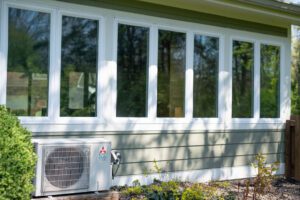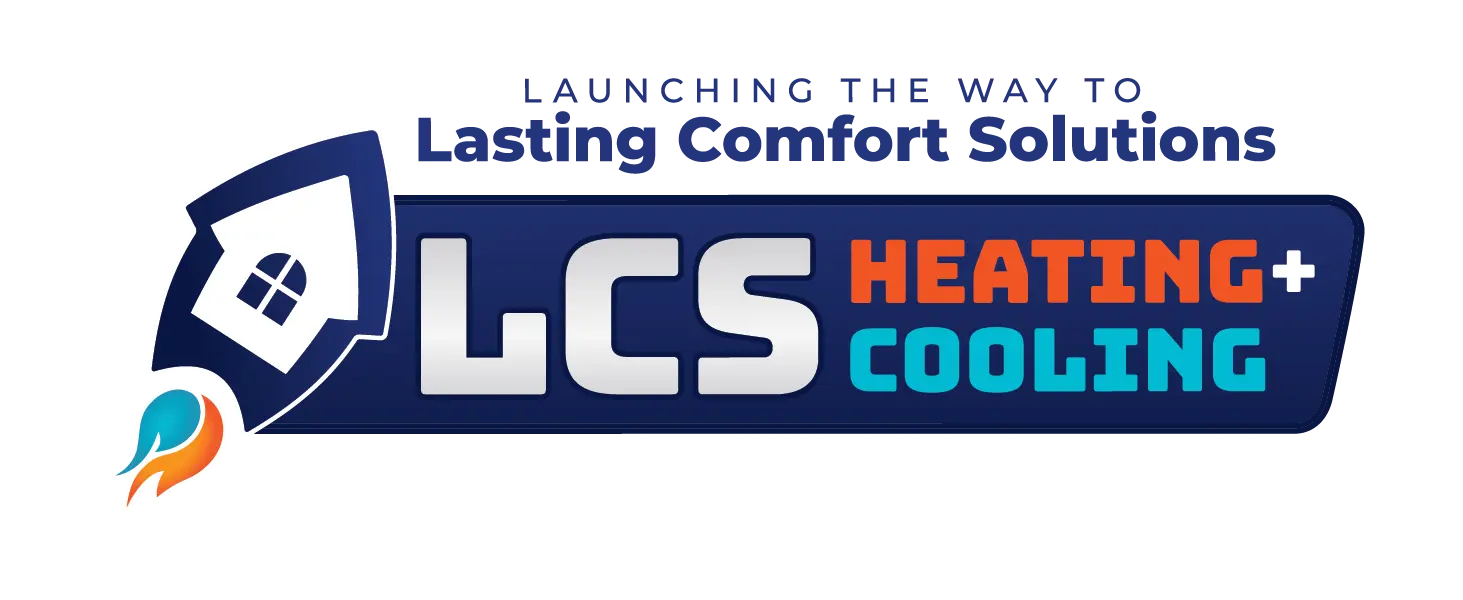How to Address Hot and Cold Spots in Your Home
Your upstairs is hot. Your downstairs is freezing. You can’t find a single spot in your home where you feel comfortable. If this sounds familiar, you may have a problem with hot and cold spots.
 Why do I have hot and cold spots in my home?
Why do I have hot and cold spots in my home?
There are several factors that cause hot and cold spots in a house. One of the most common causes is improper ductwork design. Other possible causes include poor insulation and air leaks, which can allow hot or cold air to enter or escape through cracks and gaps in the walls, windows, or doors. Other factors that can contribute to hot and cold spots include problems with the HVAC system and even the position and orientation of your home in relation to the sun.
Do I need to replace my HVAC?
The good news is that you likely don’t have to replace your HVAC system to address hot and cold spots in your home. There are many possible solutions, depending on your home setup, to fix the problem.
What can I do to fix hot and cold spots in my home?
Depending on the specific issue in your home, resolving hot and cold spots can take different forms.
- Zone Your Home: What does this mean? Most of the time your home is on a single thermostat in one zone. When we zone your home, we create multiple zones, each with its own thermostat. This allows you to control the temperature independently in each zone or area of your home. Some homes can be zoned, but some cannot. If you’re not sure if zoning would be an option for your home, contact us!
- Ductless Mini-Split: A mini-split can be a great solution if you can’t zone your home, or if a smaller area of your house is impacted. This option involves installing a system that’s separate from your traditional furnace and air conditioner. A mini-split has an outdoor unit, along with one or multiple indoor heads. This unit is controlled by its own thermostat, giving you complete control over the temperature in that space. Mini-splits are especially great for large bedrooms, bonus rooms, and sunrooms.

Outside of these solutions, there are some additional steps you can take that may not be true fixes but can alleviate the problem a bit by closing the gap from one end of your home to the other or between your upstairs and downstairs temperatures.
- Solar-Powered Attic Fan: While it can’t completely resolve hot and cold spot issues, a solar-powered attic fan can help keep your attic cooler, which in turn can keep the floor directly below the attic cooler. There are no long-term costs associated with a solar-powered attic fan since it runs on solar. As an added bonus, removing some of the heat from the attic will extend the life of your roof decking and shingles! Learn more about this solution in our blog post: Are Solar-Powered Attic Fans Worth the Expense?
- Thermostat with Sensors: Thermostat sensors can be placed around your house to determine an average home temperature to maintain a more comfortable temperature throughout.
HVAC Solutions in the Indianapolis Area
If you’re not sure what solution will work best for your home, contact us. Our expert technicians can come out, diagnose your issue, and recommend the best possible solution for your home and for your comfort!
Is It Too Late for Air Conditioner Maintenance?
What a crazy summer it's been! Mother Nature has given us a little bit of everything- cooler than average temperatures, rain, heat and humidity! As we enter the last half of the summer, we are asked the question: Is it too late to have preventative maintenance completed on my air conditioner?
The short answer is: No! It's definitely not too late.
Air conditioners run constantly so it's never too late to give them a good tune-up and cleaning. Grass clippings, cottonwood, leaves and construction dust can all collect around and in the air conditioner. If this happens, air will not flow through the air conditioner as it should. This drops the efficiency of the air conditioner and causes pressures to change.
A tune-up not only checks the operation of different parts but also measures the temperatures and pressures too. It may be seen that amp draws are a little off or pressures are a little low. Finding these issues during a tune-up may very well prevent a service call and the inconvenience of being without air conditioning when it's hot out. A repair may be made at the time of maintenance or the technician can inform you of a potential future repair.
Air conditioner maintenance also includes the drain clean out. If debris gets into the drain, the drain may back up creating water to fill the drain pan. Depending on the location of the furnace, you may find water around the furnace area or it will trip a switch causing the system to stop running so the water doesn't overflow. Again, preventative maintenance can prevent this water problem.
As you can see, preventative maintenance is beneficial at any time that your system is running!
There are also a couple of things you can do on your own throughout the summer as well:
- Keep grass, plants and weeds trimmed and away from the air conditioner.
- Turn the air conditioner off at the thermostat and then use a hose to spray it out.
- Check and change your filter regularly.
Keeping up on regular maintenance will keep your air conditioner running more efficiently than one that's not seen a tune-up in awhile!

